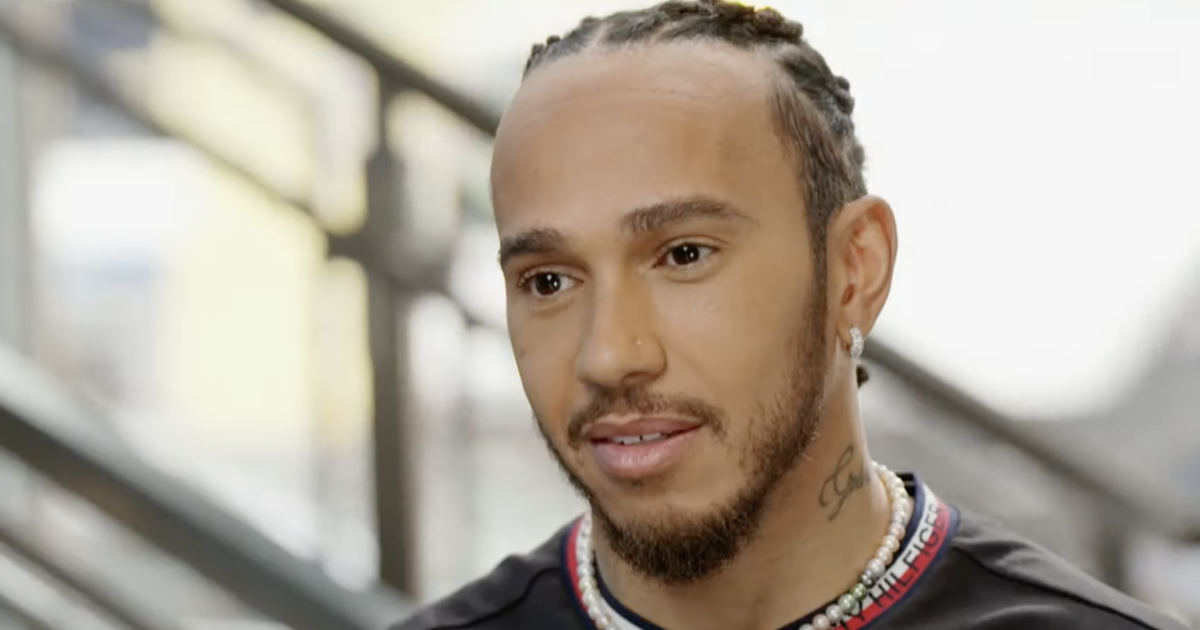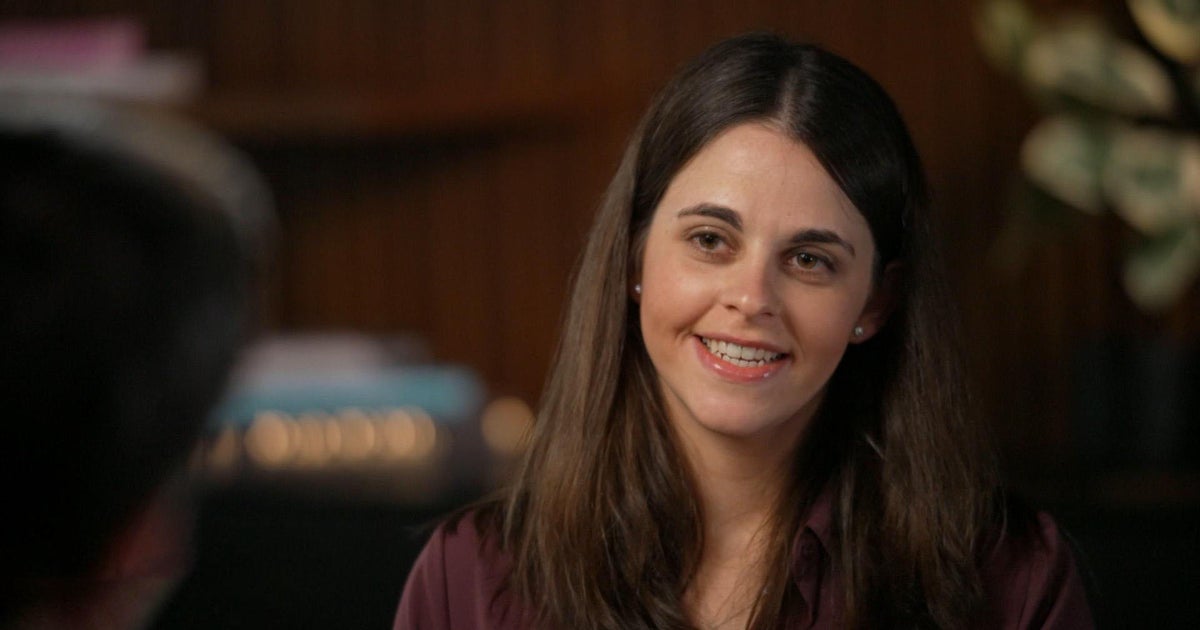Snapchatting Everest climbers on letting go of ego and reaching summit
Mount Everest climbers Cory Richards and Adrian Ballinger are back in the U.S. after reaching one of the world's highest altitudes – and documenting it on Snapchat.
Their goal was to summit Everest together without using supplemental oxygen. This year, Ballinger successfully accomplished that goal. Richards, however, was forced to turn back. But he did not give up and used supplemental oxygen to reach the summit.
"I don't remember the radio calls, but all of a sudden [Richards] was there, fist bumping and yelling and encouraging me. He had the oxygen so he had extra energy. It was the most powerful moment of the whole trip for me, gave me that energy," Ballinger said Monday on "CBS This Morning."
Last year, Richards made it to the top, but Ballinger fell just over 1,200 feet short of his goal. Aside from changing his diet and training, Ballinger also made a mental shift this time around.
"Ultimately, I think I had to let go of my ego a little bit. I'm a slower climber than Cory is above 8,000 meters. And last year I tried to keep up and tried to keep up until I exploded and turned around. This year, it was just all about this how I'm going to climb the mountain. I'm going to be patient with my body. It was enough to get me on top," Ballinger said.
For Richards, ego was also in play.
"The decision to turn around and not do it was I think based on ego as well. 'Well, I've done this without oxygen, I'm not going to do it with oxygen' – which is silly, right?" Richards said. "And then the opportunity arose, and I turned around, to be fair, like going from no oxygen to oxygen is like going from Clark Kent to Superman. It's unbelievable."
It's a record climbing year on Everest, with Nepalese authorities having issued more than 370 climbing permits to foreigners, the most since they started regulating the climb in 1953. But with more climbers, there have also been more deaths: 10 total as of May, according to authorities.
Richards blamed it on "too many underqualified people" who are trying to make the dangerous trek up Everest.
"It's people, it's companies taking on unqualified clients and making poor decisions and those clients don't have any reference for the kind of trouble they're getting into," Richards said.
Ballinger said seven people died while the duo were on the mountain.
"You do see bodies when you're climbing the mountain. Because they're so difficult to carry back down from those extreme altitudes, and some are left behind," Ballinger said.
"For me it adds to the seriousness of what we do and makes me think about is it worth it and how am I going to climb the mountain? That's why I turned around last year. I didn't want to be one of those bodies," he added.



